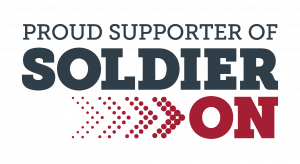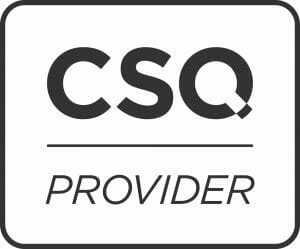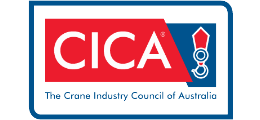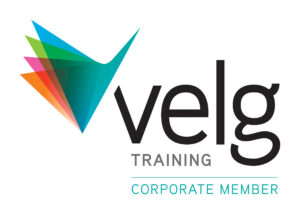About this Vehicle Loading Crane Course
Looking to get licensed to operate a Hiab or Palfinger? You’re in the right place.
This course provides the skills and knowledge required to safely operate a vehicle-mounted crane for loading and unloading goods—essential for transport, logistics, and construction industries.
It covers the national licensing requirements for High Risk Work Licence (Class CV), which applies to cranes with a 10 metre tonne capacity or more.
Upon successful completion, you’ll be qualified to operate a wide range of vehicle loading cranes, including models like Hiab and Palfinger.
Course Outline
The TLILIC0024 – Licence to Operate a Vehicle Loading Crane course includes a blend of theory, hands-on training, and assessment.
This course is designed to build confidence and technical skill for safe crane operation on-site.
Location:
Public courses are available at our Salisbury, Ingleburn and Carrum Downs facilities.
Course Availability & Pricing
Please see our public course dates below. If there are no dates available or you would like to arrange a private course at your site or ours, then please select the ‘Private courses’ button.
Further Information
Determining the Metre Tonne Rating for Your Vehicle Loading Crane
Vehicle loading cranes are classified by their metre tonne rating, which can often cause confusion among users. Understanding the size requirements of your crane is crucial, as licensing regulations in Australia for vehicle loading cranes are based on their rated capacity.
Vehicle loading cranes with a rating of 10 metre tonnes or higher necessitate a CV license for operation.
So, how is this rating calculated?
To determine the metre tonne rating of your crane, follow these steps:
- Consult your crane's load chart, typically located on the crane's boom.
- Identify the MAXIMUM LOAD (in Tonnes) that your crane can lift at various RADIUS points (in Metres), as specified in the load chart.
- Multiply these two numbers together (Metres x Tonnes).
- If the result is equal to or greater than 10, a CV license is required to operate your Vehicle Loading Crane. For example, let's consider the load chart below for a knuckle boom crane.
Example: Look at the load chart below from a knuckle boom crane.

Therefore: 3.1 metres x 5.2 tonne = 16.12 metre tonnes
This particular crane necessitates a High Risk Work (CV) license for operation.
What are the licences for mobile cranes in QLD & NSW? (C2, C6, C1, C0)
A slewing mobile crane is a mobile crane equipped with a boom jib that can be slewed. This classification excludes front end loaders, backhoes, excavators, and other earthmoving equipment when configured for crane operations.
There are four categories of slewing mobile cranes, each with its own capacity:
- Up to 20 tonnes (C2) – includes CN and CV classes.
- Up to 60 tonnes (C6) – includes C2, CN, and CV classes.
- Up to 100 tonnes (C1) – includes C6, C2, CN, and CV classes.
- Over 100 tonnes capacity (C0) – includes C1, C6, C2, CN, and CV classes.
If a slewing telehandler is equipped with a boom and/or jib with a hoist rope and/or hook block, a high-risk work licence of C2, C6, C1, or C0 is required, depending on the telehandler's rated capacity.
For more information about crane licences, please visit the following links:
SafeWork/WorkSafe conditions of assessment:
- Applicants must be at least 18 years old.
- Able to provide 100 points or more of identification as per the SafeWork/WorkSafe identification checklist.
- Proficient in spoken and written English to actively participate in the training and assessment.
Note: Verbal assessments may be able to be arranged for applicants with difficulties in reading and writing, subject to WHS approval in their jurisdiction and additional charge.




